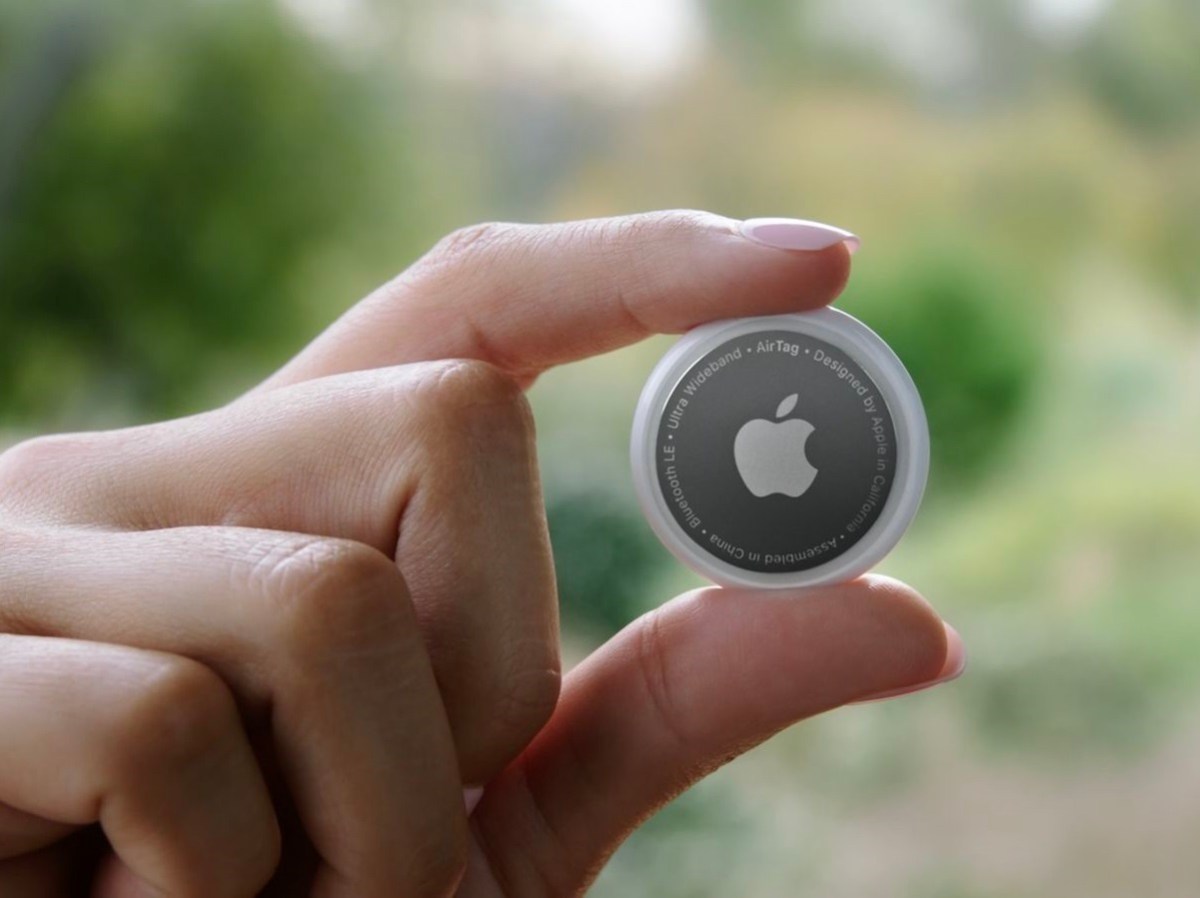The ACCC has raised safety concerns about Apple AirTags due to the accessibility and security of the AirTag button battery inside the product.
The small Bluetooth tracking devices, which are powered by lithium coin cell button batteries, are used to locate items such as keys or wallets.
According to the ACCC, the AirTag’s battery compartment could be accessible to young children as the button battery is easily removed. Also, the battery compartment’s lid does not always secure fully on closing, and a distinctive sound plays when the AirTag lid is being closed, suggesting the lid is secure when it may not be.
“We were also concerned that the outer product packaging does not have any warning about the presence and dangers of button batteries, and we note that Apple has now added a warning label to the AirTag’s packaging,” ACCC deputy chair, Delia Rickard said.
“However, this alone does not address fundamental concerns about children being able to access the button batteries in these devices.”
The ACCC has raised these safety concerns about the AirTag with Apple and discussions continue.
Several large retailers, including Officeworks, are currently not offering the AirTag for sale because of concerns about button battery safety.
The ACCC is also assessing whether there are issues with button battery safety in similar Bluetooth tracking devices.
Mandatory safety standard were introduced last December to all button batteries and consumer goods containing button batteries in Australia. The mandatory standards come into force on June 22, 2022.
From this date, fines and penalties may apply for retailers or manufacturers that supply button batteries, or products containing them, that do not comply with the mandatory standards.
“Currently in Australia, suppliers are guided by an industry code which is voluntary. We urge all manufacturers and suppliers to be ready to comply with the new mandatory standards as soon as possible,” Rickard said.
The ACCC notes that in its public statements, Apple has stated the AirTag is “designed to meet international child safety standards, … by requiring a two-step push-and-turn mechanism to access the user-replaceable battery”, and that it is “working to ensure that [its] products will meet or exceed new standards, including those for package labelling, well ahead of the timeline required”.

